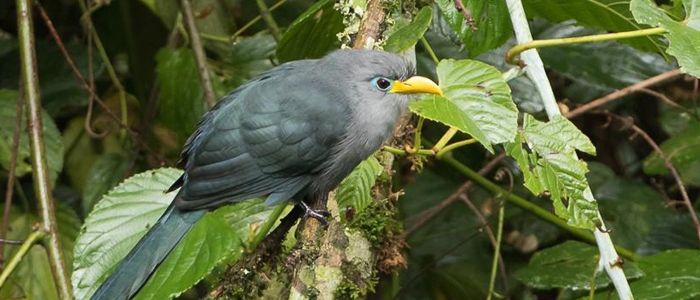

What to Know About the Tawny Eagle in Uganda?
The Tawny Eagle in Uganda is one of the African Uganda birds seen during Uganda birding tours.
This large bird of prey measures about 60–75 cm in length, weighs between 1.6 to 3 kg, and boasts a wingspan of 159–190 cm.
Birdwatchers on birdwatching safaris in Africa and Uganda birding safaris often seek out this impressive raptor. Such encounters make birdwatching in Uganda and Africa birding tours truly memorable.
Like all eagles, it belongs to the family Accipitridae. It was once considered to be closely related to the migratory steppe eagle, and the two forms have previously been treated as conspecific.
They were split based on pronounced differences in morphology and anatomy; two molecular studies, each based on a very small number of genes, indicate that the species are distinct, but disagree over how closely related they are.
What Does the Tawny Eagle in Uganda Look Like?
Tawny Eagle is similar to Steppe Eagle, but smaller and paler. There are individual variations in plumage colors and dimensions of spots and marks.
Adult has variable color on body and head. In South Africa, most of Tawny Eagles are reddish-brown; some of them are dark brown, with variably streaked dark underparts.
Upper great coverts and flight feathers are brown, contrasting with rufous plumage. Tail is long and slightly rounded.
Flight feathers lower edges are greyish, finely barred with dark brown. We can see a white pattern under primaries.
Bill is dark grey and yellow, commissures are yellow, extending until middle-eye level. Eyes are yellow-amber.
Legs are covered with reddish-brown feathers, talons are yellow. Female is generally darker, and much more speckled than male. Juvenile is duller, especially on belly, and its plumage is faded and pale, often reddish.
How Does the Tawny Eagle in Uganda Sing and Make Calls?
Tawny Eagle is usually silent, except during courtship displays or when attacked. During breeding season, it gives a kind of repeated bark “kowk”, similar to corvidae’s call.
How Does the Tawny Eagle in Uganda Feed?
Tawny Eagle feeds on all kinds of carrion, usually fresh, often killed by other raptors. It also consumes small mammals as rabbits, small and medium-sized rodents, lizards and snakes. Crickets, grasshoppers and flying termites are eaten, according to the season.
They also feed on birds of guinea-fowl’s size, injured or sick individuals. They also may steal food to other raptors, smaller or larger than them.
Tawny Eagle kills its own prey on the ground. It hunts rather in open areas, swooping down on prey from a perch, or flying down while it is gliding just above its prey, or also walking on the ground.
Young are aggressive when they are three weeks old, if they are threatened at nest. They largely open their bills and spread out their wings, to intimidate the predator.
How Does the Tawny Eagle in Uganda Nest?
Tawny eagle builds a large bulky nest. It is a large platform made with sticks, lined with grasses and green leaves, some paper and bits of plastic.
It is situated at the top of a thorny tree, usually Acacia. It is the only African Eagle which does it regularly.
How Does the Tawny Eagle in Uganda Breed?
Tawny eagles are monogamous, pairing for life. Behavior prior to and during mating varies for this species, but usually involves undulating displays made by the male followed by mutual soaring displays.
Epigamic display, display that occurs during breeding, may involve high circling, alone or in pairs, over the nesting site.
The male may perform a series of “pot hooks” which involves a series of gradual dives and swoops, with little to no wing flapping.
The female may turn over and present her claws in response to the male swooping over her. Males and females may lock claws in flight. Actual mating usually occurs at or near the nesting site.
How Does the Tawny Eagle in Uganda Reproduce?
Female lays two white or creamy eggs, speckled with reddish-brown. Incubation lasts about 39 to 44 days, rather by female and short moments by male. Chicks are covered with white down.
They have brown eyes, black and yellow bill, and yellow legs. At about two weeks, first down is replaced by thicker down.
At about three weeks, scapulars and coverts appear. At four weeks, feathers grow more quickly. Plumage is complete at about ten weeks of age.
Young are fed near the nest, and make some exercises with their wings. They leave the nest when they are about 80 days old, but they still depend of parents for six weeks more.
Young may remain with their parents until the next breeding season. The older chick frequently kills the younger, but fortunately, clutches with two young occur!
More posts for you

Over 50 excellent reviews on Safaribookings.
 >
> 




